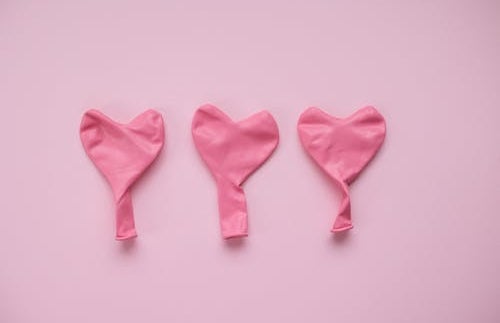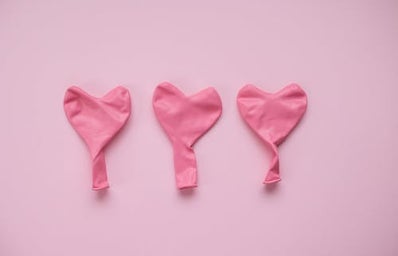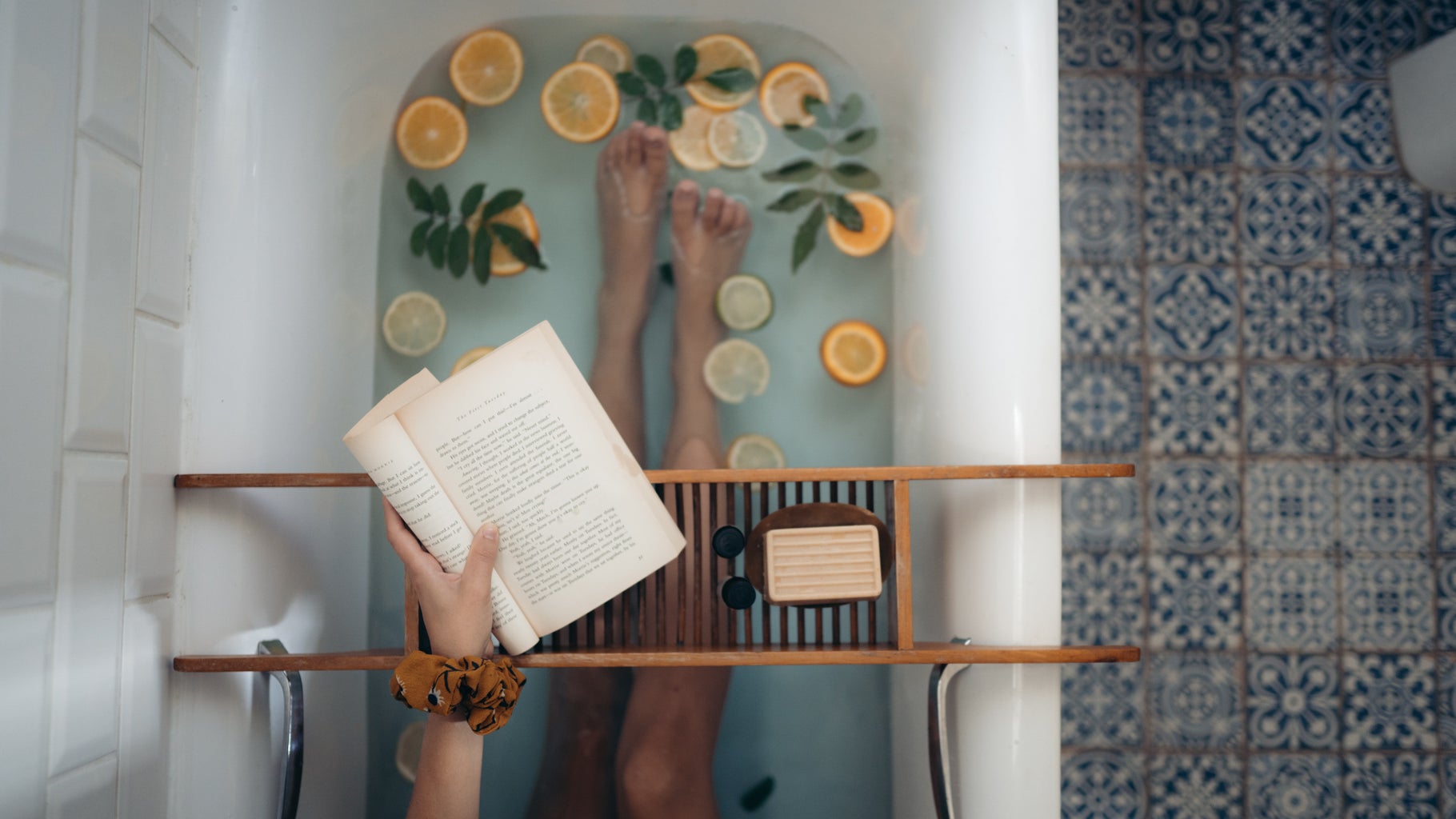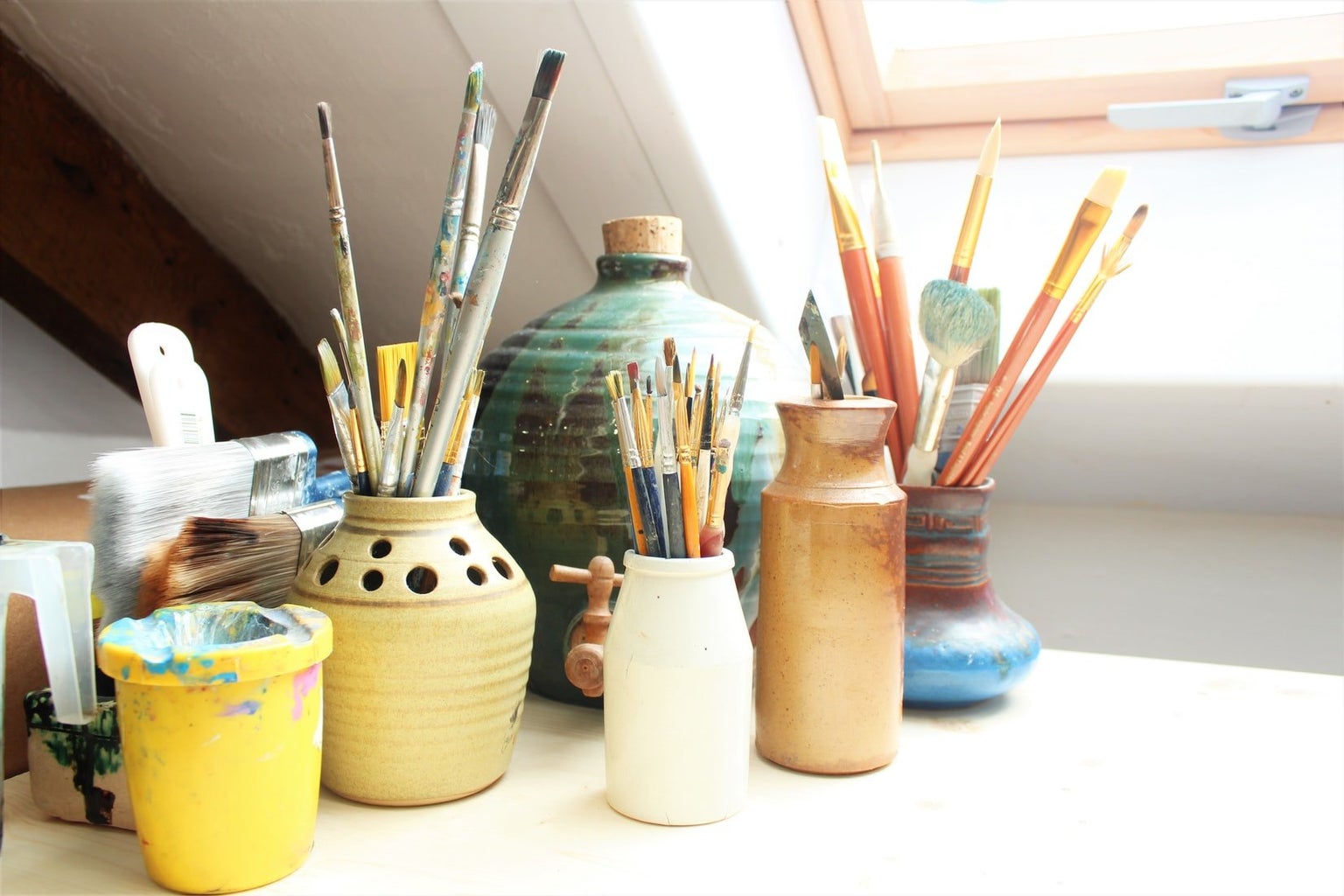Disclaimer: I’m not a psychologist or therapist. This is based on personal experiences and is not a diagnosis.
As the daughter of a therapist, it is no surprise that I am an emotional person who likes to talk about feelings and know what everyone else is feeling. Although I am grateful for learning how to use “I feel” statements and set boundaries by the age of seven, it has caused me a lot of insecurity. For a long time, I felt ashamed of how strongly I felt my emotions, and how consuming they could become. So, when I love someone or attach to someone (usually quickly), I cannot let go no matter how painful it is to be attached to that person. I always thought that this was just a me problem because everyone else seemed to be able to move on fast or detach quickly, and I was never able to. It wasn’t until I learned about attachment styles that I felt less alone.
Psychologist John Bowlby developed the attachment theory in 1960, which essentially states that children have an innate desire to form attachments and that the attachments we form with our caregivers can affect how we attach to people as we grow up. There are four attachment styles according to Bowlby’s theory: anxious, avoidant, disorganized, and secured. The anxious attachment style usually stems from a fear of abandonment and is often perceived as clingy, demanding, and desperate for reassurance. Avoidant attachment style is where a person has a high sense of self and negative views of others, and will generally avoid intimacy or emotional closeness. Disorganized attachment style is when someone wants intimacy, but has trouble trusting and depending on others. Lastly, those with a secure attachment style tend to have a positive view of themselves and others and don’t seek external approval or validation. Each attachment style has its own strengths and weaknesses and how you attach to others can differ with different relationships as well as over time. Realizing I have an anxious attachment style in some relationships has helped me navigate other friendships and relationships. However, this has also made me recognize I needed to work on being comfortable with being alone, because I have the tendency to unhealthily rely on others. So, here are a few ways that I am working to heal my anxious attachment and find joy within myself.
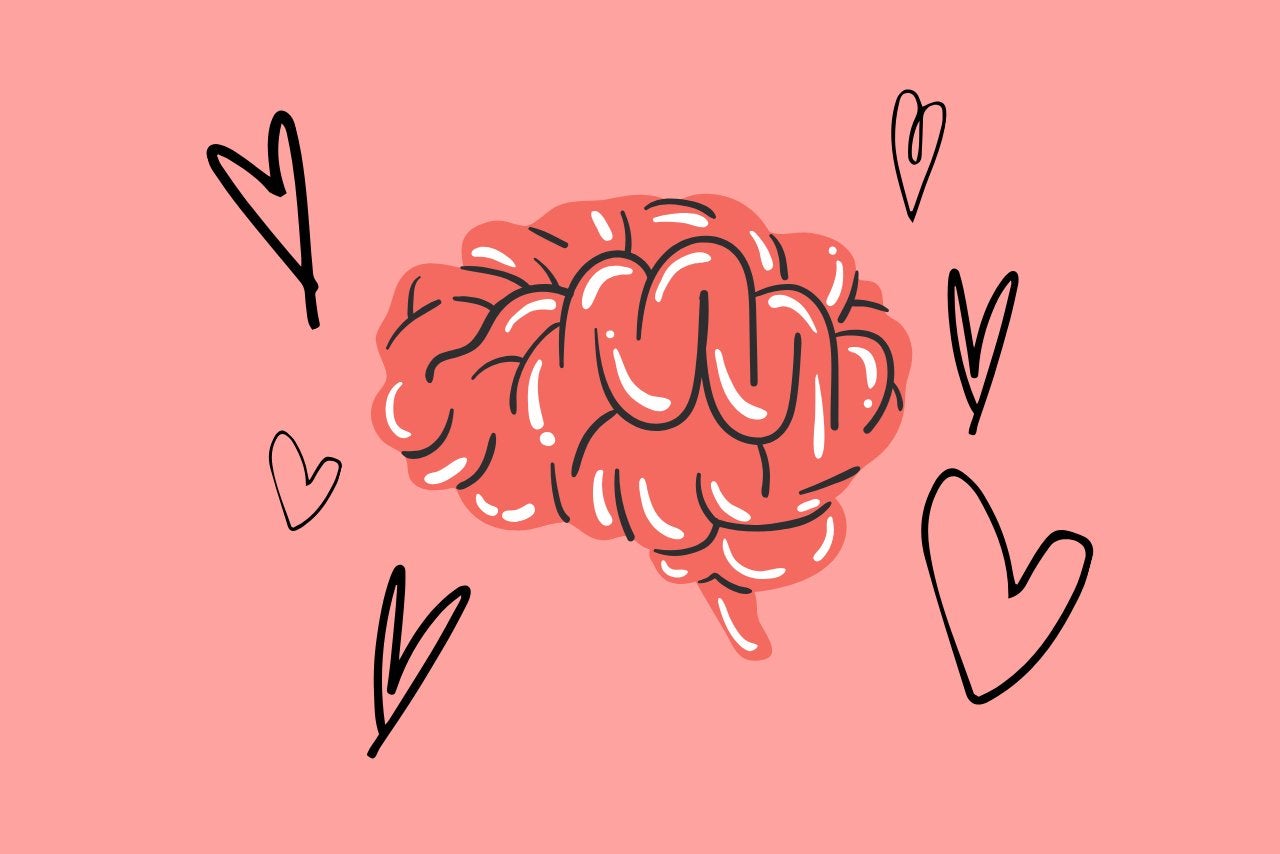
Intentionally Spending Time With Myself
A lot of my anxious attachment stems from not wanting to be alone, so spending time with myself is a mild form of exposure therapy. In the past, I only spent time alone when all of my friends were busy or when I didn’t have any plans. Now, I try to set a day or a couple of hours in the week aside where I hang out with myself because I want to. I like to call it dating myself. For one date, I might take myself out to a coffee shop I’ve wanted to try or buy myself some ice cream and watch a movie. It helps me feel excited to be with myself and makes that time feel less lonely.
Learning To Self-Soothe
A large part of anxious attachment for me is a constant need for reassurance, and this is a cycle that is hard to break. Instead of relying on other people to make me feel reassured, I’m working on soothing myself and providing my own reassurance. If a loved one tells me they love me, I remind myself that I don’t need to ask again. Sometimes I’ll screenshot that message and look back on it if I need that extra reassurance. It has also helped me to make a list of things that make me feel calm like reading, painting, taking a hot shower, or watching a comfort show. It’s just another little way to rely on myself instead of on others.
Reconnecting With What I Love
After my breakup, I was faced with the fact that I had lost touch with a lot of the things that made me happy or that I enjoyed before my relationship began. I started to reconnect with old friends or be more eager to make plans with them. I began watching old shows that I loved, and rediscovering old music I enjoyed but had forgotten about. Sometimes school, relationships, or work can consume us so that we forget the little parts of us that make us who we are. Despite forgetting who I was for a moment, I have loved meeting the new version of myself.
Having an avoidant attachment style doesn’t make you a bad person, and having an anxious attachment doesn’t mean you’re a burden. Everyone has different ways of approaching relationships and as long as you recognize when your clingyness or emotional distance is impacting yours or others wellbeing and try to go against these attachment instincts, there is nothing wrong with seeing the world differently from others. Also, being an emotional person is not a weakness, and only shows what a big heart you have and the care you have to offer other people. I have realized that at the end of the day, I only have myself, and I want to like hanging out with me. I am more than the anxiety I feel in friendships and romantic relationships.
Sources:
